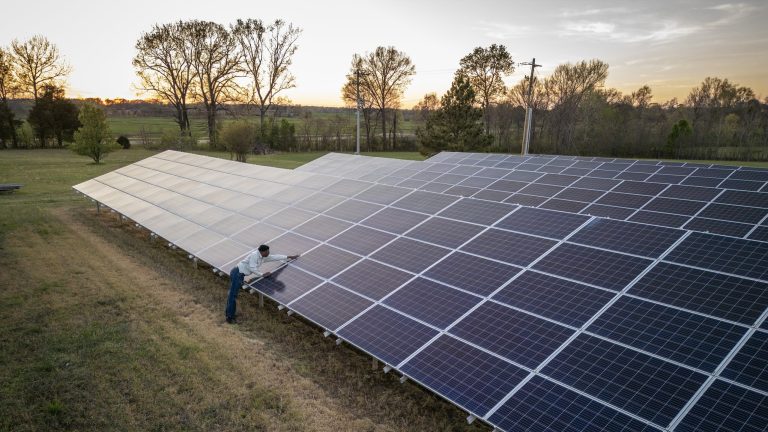In some areas of the United States, solar and wind farms generate a significant portion of the electricity on the grid. But in other areas, the grid remains more reliant on carbon-polluting fossil fuels.
Vaughan: “The bottom line is that the carbon impact of turning on a light switch in one part of the country can be very different from the carbon impact of turning on a light switch in another part of the country.”
Winston Vaughan is director of climate policy at solar development company Clearloop.
He said building new solar and wind power in areas with the dirtiest grid power could bring greater benefits to the climate.
It can bring health and economic benefits to communities burdened by fossil fuel pollution.
Vaughn: “Understanding the inequalities of the carbon grid and working to address them is a great opportunity to really maximize the social and environmental impact of our clean energy investments.”
So Clearloop is helping develop solar farms in Tennessee, Mississippi and Louisiana, where renewable energy development has been slow.
To pay for these projects, Clearloop partners with large companies eager to invest in clean energy to offset their own climate impacts.
Vaughan said this approach not only focuses on creating more renewable energy…
Vaughn: “…but build it where it’s best for our climate and the local community.”
Report source: Sarah Kennedy/ChavoBart Digital Media
Only 28% of U.S. residents regularly hear about climate change in the media, but 77% want to know more. Help us bring climate news to more people.
